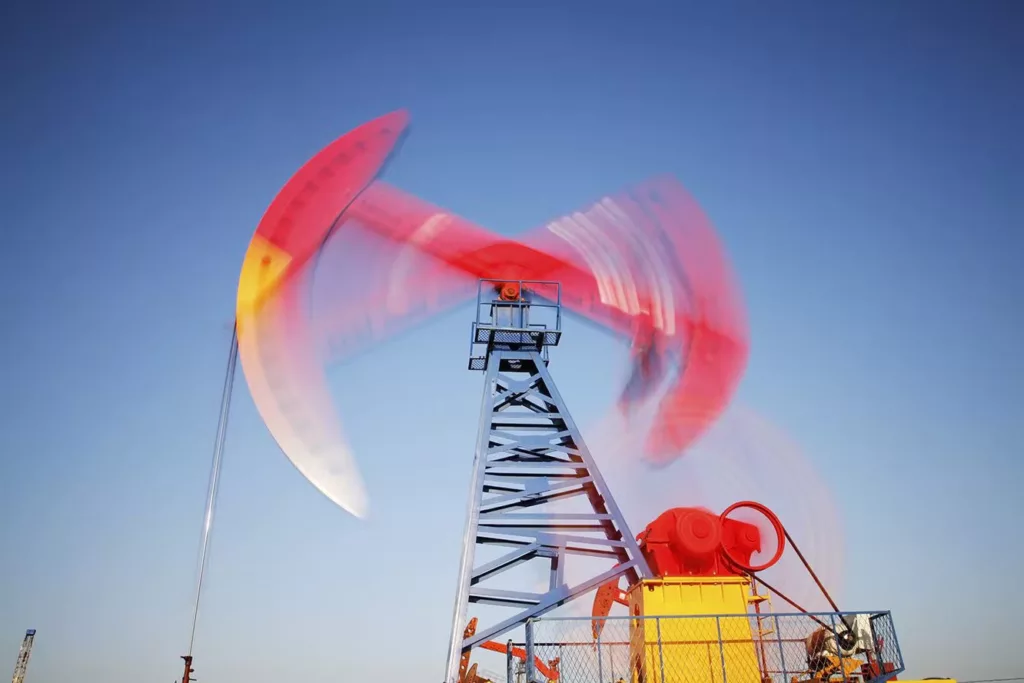
A convergence of structural and sociological factors means we’re entering a period of enduring inflation, similar to the 1970s.

Lorem ipsum dolor sit amet, consectetur adipiscing elit. Ut elit tellus, luctus nec ullamcorper mattis, pulvinar dapibus leo.

Lorem ipsum dolor sit amet, consectetur adipiscing elit. Ut elit tellus, luctus nec ullamcorper mattis, pulvinar dapibus leo.
Inflation is not likely to return to, and stay at, 2.5%
The decline in US inflation since last June has given equity markets a shot in the arm over the past few months. Inflation expectations as derived from inflation-indexed bonds point to consumer price-growth of around 2.5% starting in June, and then a stabilisation at pretty much that level for years. This outlook is akin to a return to the market conditions we saw in the 2010s, when real yields were largely supportive of financial-asset and property prices and made it easy for passive investors to book gains. We don’t believe in this scenario of lastingly low inflation. On the contrary, we think high inflation will be with us for a while.
There’s mounting evidence that developed-world economies are entering an extended inflationary phase of the business cycle – a phase in which supply will struggle to keep up with demand. We’re in for a rapid succession of inflationary growth spurts driven by structural factors, followed by disinflationary slowdowns orchestrated by central banks. This will bring renewed cyclicality to the economy, which is bad news for passive investors. It also means we need to take a fresh look at investment themes that had fallen by the wayside when the business cycle disappeared.
Aspirations take precedence over economic efficiency
In addition to structural factors like demographically lower savings and a deceleration in global trade – factors we’ve discussed at length in our previous investment notes – inflation is being fuelled (now and for years to come) by two other secular trends that are curtailing the supply of goods and services:
The decarbonisation of the economy, which has led to a sharp drop in investment in fossil-fuel production (meaning structurally lower oil and gas reserves) and pushed up energy prices;
A desire by workers, after the pandemic, to change their lifestyles, as reflected in shifting attitudes towards work; people would now rather work at home, work less, change careers, or change jobs to one that’s far from a large city centre – areas where the shortage of workers is being felt most acutely.
Fossil fuels will dominate the global energy mix for some time to come

The broad consensus view, with some slight variations in the figures, is that trillions of dollars have been invested in the energy transition over the past decade but the share of fossil fuels in the global energy mix has fallen by just slightly over 1 percentage point, to 81%.
The sharp drop in fossil-fuel investment, coupled with the lack of any real decline in these fuels’ share of the energy mix, portends an energy crisis along the lines of the one that contributed to the last major inflationary period, from 1965 to 1980, which was compounded by the 1973 oil-price shock. Opec (unsurprisingly) estimates that to secure the world’s energy supply, an investment of $1.5 trillion per year is needed in fossil-fuel production between now and 2045, which is much more than the current level of $1.0 trillion per year.
The actual figure is probably somewhere between these two estimates. And we shouldn’t let the war in Ukraine keep us from seeing the bigger issue, which is the structural energy-production deficit we’re running up – albeit with the best of intentions. Russia’s oil production is down by just 2% from its level before the invasion of Ukraine.
Where did all the workers go?
Shifting attitudes towards work – leading to shorter working hours, fewer workers, increased mobility, and, consequently, diminished productivity – is another factor that could very well cause a structural supply shortage.
The ratio of job openings to job seekers is close to record highs across the developed world. Businesses are unable to hire enough employees to meet the healthy demand they’re experiencing. Predictably, wages are starting to climb in an impressive fashion. For example, over the past few weeks Inditex (the owner of Zara) announced an over 20% pay rise in Spain, while its Japanese rival Uniqlo bumped up salaries by 20%–40% in Japan.
The consensus doesn’t expect a drawn-out fight against inflation
This dearth of workers, combined with high energy prices and rising interest rates, is the most likely reason behind the current slowdown in GDP growth. And economic slowdowns resulting from depressed supply are necessary inflationary. They also make steering monetary policy more complicated. Here, it’s interesting to note that the US Federal Reserve’s recent round of rate hikes, of an unprecedented pace and magnitude (475 basis points in 10 months), coincides with the lowest US unemployment readings since 1969.
In the near term, the battle against inflation will be won with a few more rate hikes, as they’ll probably trigger the recession needed to put the brakes on price growth by undermining demand. But they won’t address the issue of depressed supply. The societal and economic aspirations of today’s consumers mean we’ll see a succession of inflationary growth spurts, pointing to a longer struggle against inflation than the consensus seems to expect. These aspirations are shrinking the pool of workers and lifting energy prices, and their effects will be countered only sporadically by fiscal and monetary policy, since the pain threshold in advanced economies is so low. The recessions orchestrated by these policymakers to stymie inflation will be short-lived and shallow. Expect consumer price growth to be resilient – it’ll fall, but it’ll get back up again every time.
Inflation isn’t cause for fear: it harbours many opportunities
At Carmignac, our fixed income team has been successful in taking advantage of movements in sovereign and corporate bond yields amid a higher-interest-rate environment, in spotting asymmetrical investment opportunities in emerging markets, and in effectively managing our portfolios’ interest-rate sensitivity on both the positive and negative side. These skills will be particularly advantageous in the current economic climate.
Real interest rates are expected to remain low, which will support equity markets and warrants significant exposure to gold. China offers attractive diversification potential given the lack of inflation in the country for now.
We plan to introduce an inflationary bias in our portfolios in order to take advantage of the many opportunities that the increased cyclicality in the economy will offer, while providing for the necessary diversification. We’ll invest with strength and conviction – and with inflation as our ally.

